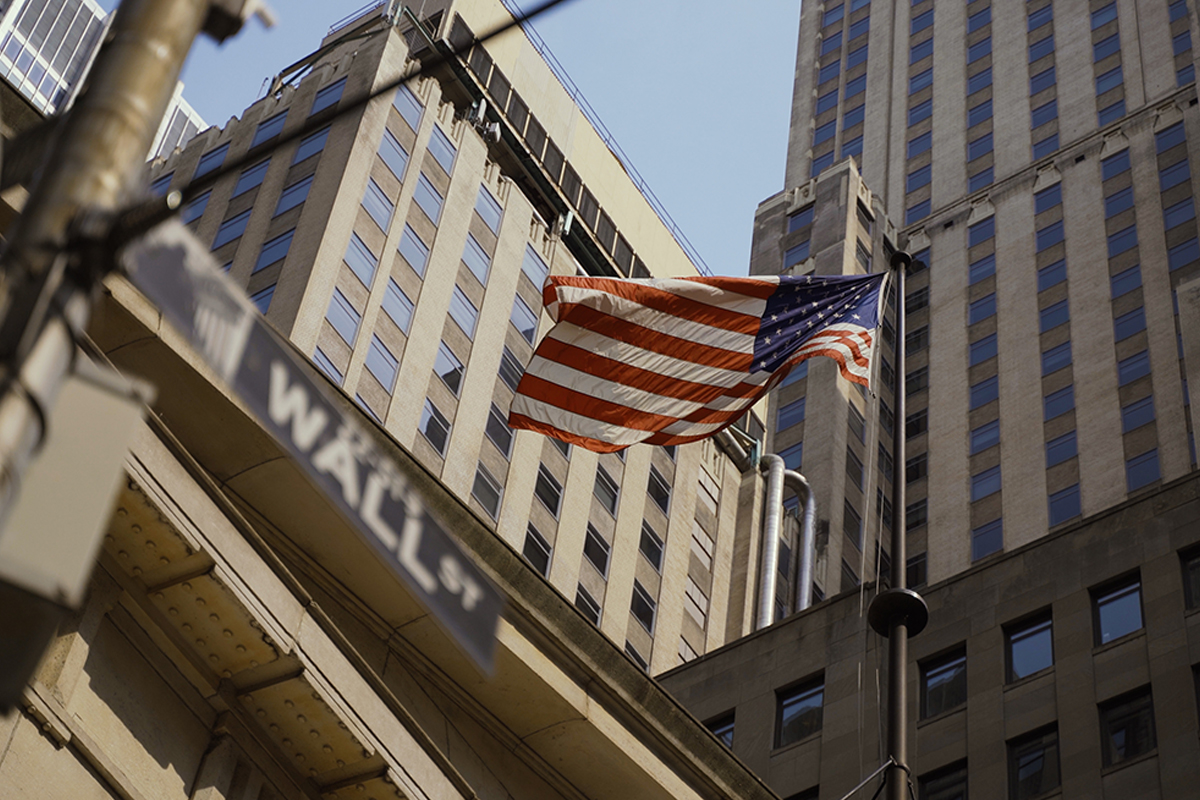Asian stocks mostly ascended on Friday, propelled by renewed optimism from a burgeoning bull market on Wall Street, with the Tokyo Stock Exchange leading the way.
Japan’s Nikkei 225 index experienced a substantial 1.8% surge in morning trades, reaching 32,217.76. The Australian S&P/ASX 200 went up by 0.4%, sitting at 7,126.50. South Korea’s Kospi climbed by 0.9% to 2,634.96, while Hong Kong’s Hang Seng saw a moderate rise of 0.3% to 19,352.59. The Shanghai Composite registered a slight uptick of less than 0.1%, at 3,215.62.
On Wall Street, the S&P 500 demonstrated a healthy increase of 0.6%, marking a 20% elevation from its lowest point in October. The climb signifies a recovery from a bruising bear market that resulted in a 25.4% drop over approximately nine months.
However, the advent of a bull market doesn’t imply a complete recovery to prior peak levels. To nullify a 25% dip, the S&P 500 would need a 33% rally.
The S&P 500 advanced by 26.41 points in the most recent trading session, ending at 4,293.93. The Dow Jones Industrial Average rose by 0.5% to 33,833.61, and the Nasdaq Composite Index escalated by 1% to 13,238.52.
The bear market’s conclusion, while it may seem arbitrary and varies according to different market analysts, provides a meaningful milestone for investors. It also is an encouraging reminder that those who weather financial downturns in S&P 500 index funds tend to recoup their losses eventually.
Despite significant adverse factors, such as the highest inflation in years and record-speed interest rate hikes, the recent bear market lasted only nine months, shorter and less severe than average, according to S&P Dow Jones Indices data.
“Looking back, it might not seem too grim, but it certainly was daunting while it happened,” noted Brent Schutte, chief investment officer at Northwestern Mutual.
Last year proved more challenging for investors as stocks and bonds declined, a trend unseen in many years.
The current bull market’s progress is mainly due to the economy’s resilience, defying frequent recession predictions. The economy has weathered high-interest rates, banking collapses, and threats of default on government debt, among other challenges.
“The economy has displayed remarkable resilience,” remarked Anthony Saglimbene, chief markets strategist at Ameriprise Financial. “It’s too early to tell, but stocks seem to be doing what they typically do once all negative factors are accounted for in the stock market: they start trending upward, anticipating brighter days.”
The recession has been staved off thus far, thanks to a robust job market and consumer spending. Also, there’s rising optimism that the Fed might soon halt interest rate hikes.
Most traders anticipate the Fed to maintain steady rates in the upcoming week, the first occurrence in over a year. While one more rate hike might occur in July, Wall Street is hopeful it won’t extend beyond that as inflation is on a downward trend from last summer’s peak.
Despite these optimistic signs, challenges persist. A recent report indicated that U.S. unemployment benefit claims hit their highest since October 2021.
Following the release of the unemployment data, Treasury yields reversed early gains. The yield on the 10-year Treasury note dropped to 3.71% from 3.78%, while the two-year yield dipped slightly to 4.53% from 4.55%.
In energy trading, benchmark U.S. crude dipped 44 cents to $70.85 a barrel in electronic trading on the New York Mercantile Exchange after a $1.24 drop to $71.29 a barrel on Thursday.
The international standard, Brent crude, slid 45 cents to $75.51 a barrel.
In currency trading, the U.S. dollar rose slightly to 139.28 Japanese yen from 138.90 yen, and the euro was down little to $1.0778 from $1.0783.
The resurging bull market on Wall Street appears to be fueling an uptick in Asian stocks, despite ongoing economic challenges such as high unemployment and the pressure of interest rates. This showcases the global economy’s remarkable resilience and markets’ ability to recover and thrive even in uncertain conditions. The strength of the economy, coupled with the sustained spending by consumers, indicates that brighter days could indeed be ahead. However, careful monitoring and strategic decision-making remain paramount in this ever-evolving economic landscape.







